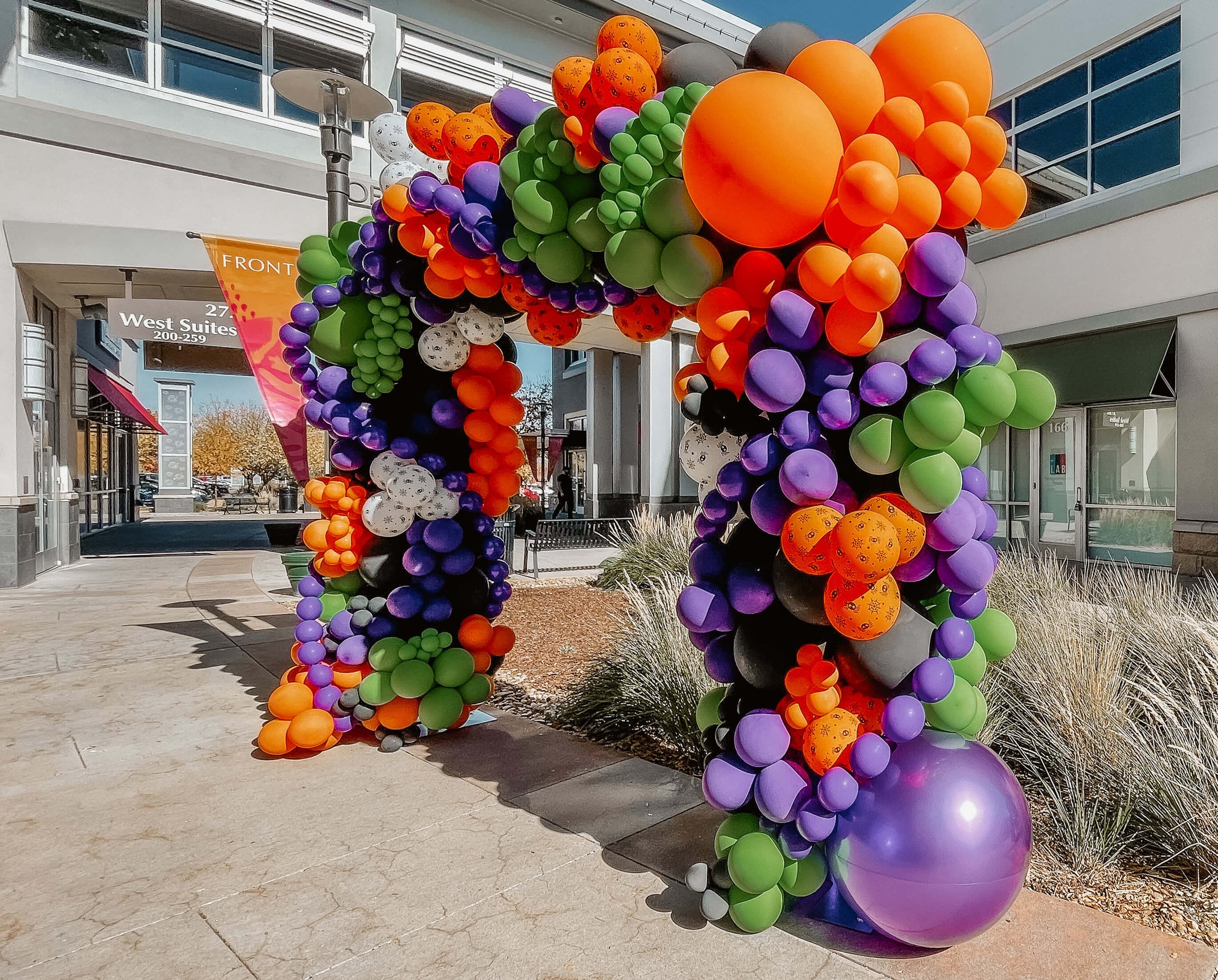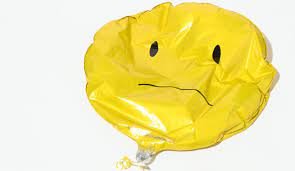5 Reasons Why Biodegradable Balloons Are Better for the Environment
Biodegradable Balloons are a fun and festive addition to any celebration, but traditional balloons can have a negative impact on the environment. From littering streets and waterways to harming wildlife, traditional balloons can cause serious damage. That's where biodegradable balloons come in. These eco-friendly alternatives are made from materials that break down naturally, making them a much better choice for the environment. In this blog post, we'll explore 5 reasons why biodegradable balloons are better for the environment, including how they decompose, their safety for wildlife, and their cost-effective and sustainable nature.
1. Positive Impacts of Biodegradable Balloons vs. Traditional Balloon
The negative impact of traditional balloons on the environment
Traditional balloons, made from synthetic materials such as polyethylene or mylar, can have a negative impact on the environment in several ways. One of the main issues is that they can litter streets, waterways, and natural areas when they are not properly disposed of. These discarded balloons can pose a serious threat to wildlife, as animals can mistake them for food or become entangled in them. In addition to littering, traditional balloons can also contribute to greenhouse gas emissions during their production, transportation, and disposal.
The importance of using eco-friendly alternatives
Given the negative impacts of traditional balloons on the environment, it is important to consider using eco-friendly alternatives such as biodegradable balloons. Biodegradable balloons are made from natural materials such as latex, which breaks down naturally in the environment. This means they are less likely to litter and harm wildlife, and they also have a smaller environmental footprint during production and disposal. By choosing biodegradable balloons, consumers can help reduce waste and protect the environment while still enjoying the fun and festive nature of balloons.
2. Biodegradable balloons break down naturally
How traditional balloons contribute to litter and pollution
Traditional balloons, made from synthetic materials such as polyethylene or mylar, can have a negative impact on the environment in several ways. One of the main issues is that they can litter streets, waterways, and natural areas when they are not properly disposed of. These discarded balloons can pose a serious threat to wildlife, as animals can mistake them for food or become entangled in them. In addition to littering, traditional balloons can also contribute to greenhouse gas emissions during their production, transportation, and disposal.
How biodegradable balloons decompose into natural materials
Given the negative impacts of traditional balloons on the environment, it is important to consider using eco-friendly alternatives such as biodegradable balloons. Biodegradable balloons are made from natural materials such as latex, which breaks down naturally in the environment. This means they are less likely to litter and harm wildlife, and they also have a smaller environmental footprint during production and disposal. By choosing biodegradable balloons, consumers can help reduce waste and protect the environment while still enjoying the fun and festive nature of balloons
3. Biodegradable balloons are safer for wildlife
The dangers of traditional balloons to animals
Have you ever heard the saying, "Don't let the party animals get you down?" Well, when it comes to traditional balloons, it's not just party animals that you have to worry about – it's all kinds of critters! Traditional balloons made from synthetic materials such as polyethylene or mylar can pose serious dangers to animals when they are not properly disposed of. These discarded balloons can be mistaken for food or become entangled in them, causing harm or even death to the animals.
How biodegradable balloons reduce the risk of harm to wildlife
Fear not, dear reader, because biodegradable balloons are here to save the day! These eco-friendly alternatives are made from natural materials such as latex, which decompose into organic matter over time. This means that biodegradable balloons are much less likely to harm wildlife, and they can even provide a source of nourishment for animals once they break down. So, if you're planning an event and want to make sure the only party animals in attendance are of the human variety, opt for biodegradable balloons. Your furry (and feathered and finned) friends will thank you.
4. Biodegradable balloons are cost-effective in the long run
The cost of cleaning up traditional balloon litter
The cost of cleaning up traditional balloon litter can be significant, as it requires time and resources to remove the discarded balloons from streets, waterways, and natural areas. This cost can be borne by local governments, businesses, or community organizations, and it can be a drain on their budgets. In addition to the direct cost of clean-up, traditional balloons can also have indirect costs such as damage to the environment and harm to wildlife, which can be difficult to quantify.
The lower long-term cost of biodegradable balloons
In contrast, biodegradable balloons have a lower long-term cost because they decompose into natural materials over time. This means that they are less likely to litter and cause harm to the environment, reducing the need for costly clean-up efforts. While the initial cost of biodegradable balloons may be higher than traditional balloons, their lower long-term cost and environmental benefits make them a more cost-effective choice in the long run. By choosing biodegradable balloons, consumers and businesses can save money and help protect the environment at the same time.
5. Biodegradable balloons are more durable and long-lasting
Biodegradable balloons are made from high-quality materials that make them more durable and long-lasting than traditional balloons. These materials, such as natural latex, are designed to withstand a wide range of conditions and maintain their shape and structure over time. This means that biodegradable balloons are less likely to pop or deflate prematurely, making them a reliable choice for events and decorations.
In contrast, traditional balloons made from synthetic materials such as polyethylene or mylar are more prone to popping or deflating due to their lower quality and susceptibility to damage. This can be frustrating for consumers and businesses, as it can result in wasted money and the need to replace balloons more frequently.
Overall, biodegradable balloons are a more durable and long-lasting choice compared to traditional balloons. Their high-quality materials and ability to withstand a variety of conditions make them a reliable and cost-effective option for events and decorations.
Why Biodegradable Balloons are a better and more sustainable choice
In conclusion, biodegradable balloons are a better choice than traditional balloons for a variety of reasons. They break down naturally into organic matter, reducing the risk of litter and pollution and protecting wildlife. They have a lower long-term cost due to their durability and the reduced need for clean-up efforts. They support sustainable practices and are made from high-quality materials that make them durable and long-lasting. And with a wide range of colors and sizes available, biodegradable balloons can be used in a variety of designs and events. By choosing biodegradable balloons, consumers and businesses can enjoy the fun and festive nature of balloons while also helping to reduce waste and protect the environment.
Happy Ballooning 😊






